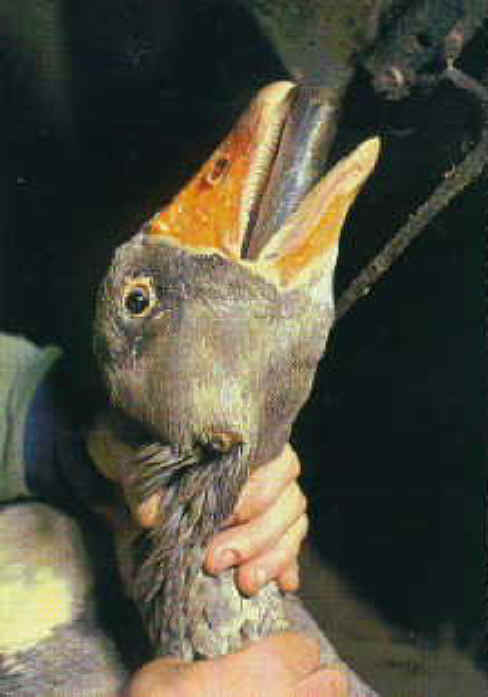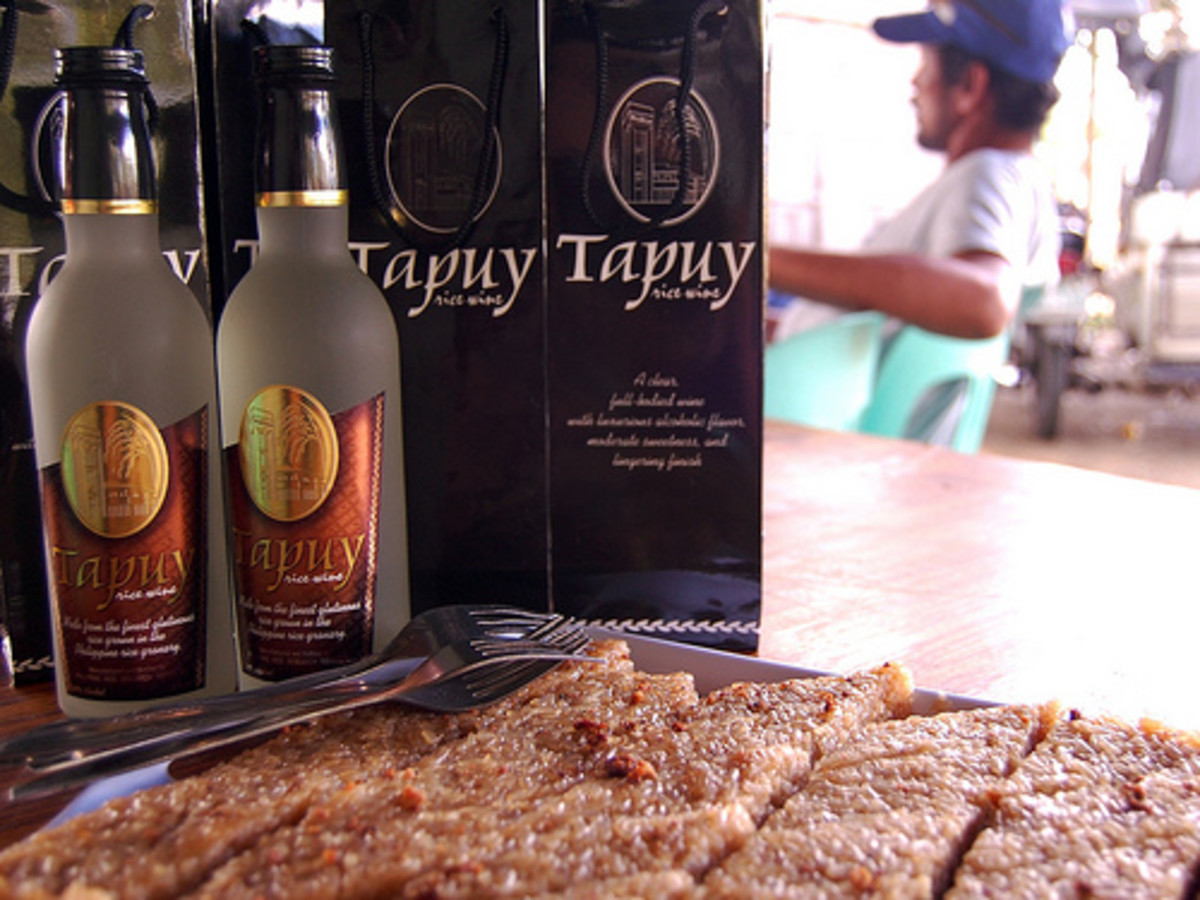The Truth About Foie Gras

My first experience with foie gras was on a cruise to the Bahamas. My husband, Johnny, ordered beef Wellington for dinner the first night on the ship. I knew what was in the dish, but he didn’t. I decided not to mention the pate.
After he had eaten a few bites, I asked him how he liked it. He stated that it was pretty good, but he didn’t care for the dark stuff on the outside of the beef filet.
“What is that stuff, anyway?” he asked.
“Pate,” I answered.
“What’s that?” he asked.
“Goose liver,” I answered.
He immediately began scraping off all the foie gras with the edge of his knife. At the time, I wasn’t aware of how foie gras is produced.
I’ve never liked liver or any other organ meat, so I definitely don’t care for foie gras. And after I discovered how the birds that the product comes from are treated, I definitely wouldn’t eat it now, even if I liked the flavor. Fellow hubber Ethel Smith put a bug in my ear, so I began reading about foie gras farms.
Foie gras literally means “fatty liver.” It comes from ducks and geese that have been force fed so that their livers will become swollen. In fact, most foie gras fowls have a liver ten times larger than normal. They’re fed a mixture of boiled corn and fat, via a metal tube. The tube is forced down the bird’s throat, and the food is pumped in.
These animals are usually kept in tiny individual crates that are so small the birds can’t even turn around. They can do nothing but stand there or lie there, day in and day out.
Actually, the cruelty in the production of foie gras begins as soon as the birds hatch. The females are immediately killed and discarded because only males are used. Then the ducks and geese are usually allowed to eat naturally for a few weeks so that their gullets will form properly. Then the torture begins.
This treatment is cruel on several levels. The birds get absolutely no exercise. They become grossly overweight and often have difficulty breathing because of their immense girth and swollen livers. During the forced feeding, the animals are often handled roughly, and injuries to the esophagus occur regularly, often resulting in infections.
France is the biggest culprit, producing almost 80% of the foie gras produced. Foie gras can be made from ducks and geese that haven’t been force fed, but to the French, that isn’t real foie gras. They believe that only birds that have been fed by the gavage method – the forced feeding – produce acceptable foie gras because it has a more buttery taste. In fact, unless the liver comes from a force-fed bird, it can’t even legally be termed foie gras in France.
Consumers, especially those outside France, are in an uproar. Many groups have protested against the gavage method, and restaurants are taking notice. Some now refuse to serve liver that was produced by force feeding, while others refuse to serve any foie gras at all. Animal rights groups have also been successful in forcing legislation to outlaw the practice. Israel, Turkey, and some European nations have banned the production of foie gras altogether. In the United States, foie gras is illegal in several cities, and more are considering such a ban. The sale and production of foie gras will be illegal in the entire state of California beginning in 2012.
Foie gras and human diseases
According to the UK’s Sunday Times, scientists have found a link between consuming foie gras and developing Alzheimer’s, rheumatoid arthritis, and diabetes. Amyloid proteins in the foie gras are the problem. These amyloids are rogue proteins that form insoluble clumps. The clumps damage internal organs, leading to several diseases. In France, a million citizens suffer from dementia. Is it due to their consumption of foie gras? More studies are needed to verify this hypothesis.
Still want foie gras?
If, after reading about the cruel treatment of foie gras birds and the inherent health dangers of consuming the product, you still have a craving for some goose liver pate on your cracker, at least consider purchasing foie gras from producers who don’t use the gavage method of feeding.
Imagine, if you will, being crammed into a closet for most of your short life and having a sharp metal tube forced down your throat several times day and your stomach pumped to the bursting point with food. Now add to that the misery of being so fat you can hardly breathe.
As I have explained before, I have no problem with meat eaters. I eat meat, myself. I do, however, believe strongly that animals should be treated humanely, including meat animals. And yes, this is entirely possible. I’ve raised and helped raise thousands of meat animals, and all of them were treated humanely and killed quickly.
The difference in taste between foie gras produced by gavage and foie gras that comes from humanely treated ducks and geese is negligible, but think of the difference it would make in the lives of millions of birds.
Read more about animal welfare:
- Are No-Kill Shelters More Humane?
Among those who are concerned with animal welfare and the plight of unwanted animals, the debate about no-kill shelters has been debated for several years now. With the millions of stray, feral, and unwanted... - The Ugly Truth About Unwanted Horses
A terrified horse awaiting its turn to be murdered. Unwanted horses are becoming an epidemic in the U.S. even people who honestly love their horses are sometimes not able to keep them. Equines are... - Pit Bulls and Dog Fighting
Dog fighting Dog fighting is a major problem all across the United States. Many people think the problem is confined to urban black youth of large cities, but the fact is that dog fighting is also popular... - Hunting and Animal Cruelty: The Good and the Bad
A happy, well-fed whitetail deer. This article is really meant for meat eaters only. If you're a vegan, I respect your views, but I already know your feelings on the issue. This article was chiefly written... - Animal Rescue: How I Got Thrown Out of a 7-11
I want you to understand that I'm a sane, reasonable person. I'm not some blathering, hot-headed idiot. In fact, I could even be called polite. Patient, even. I taught high school seniors for years, and... - The Truth About Veal
Do you enjoy eating veal? What do you really know about it? I dont eat veal because Ive seen firsthand how these calves are treated. Its a deplorable practice, and when you see it in person, it has...








